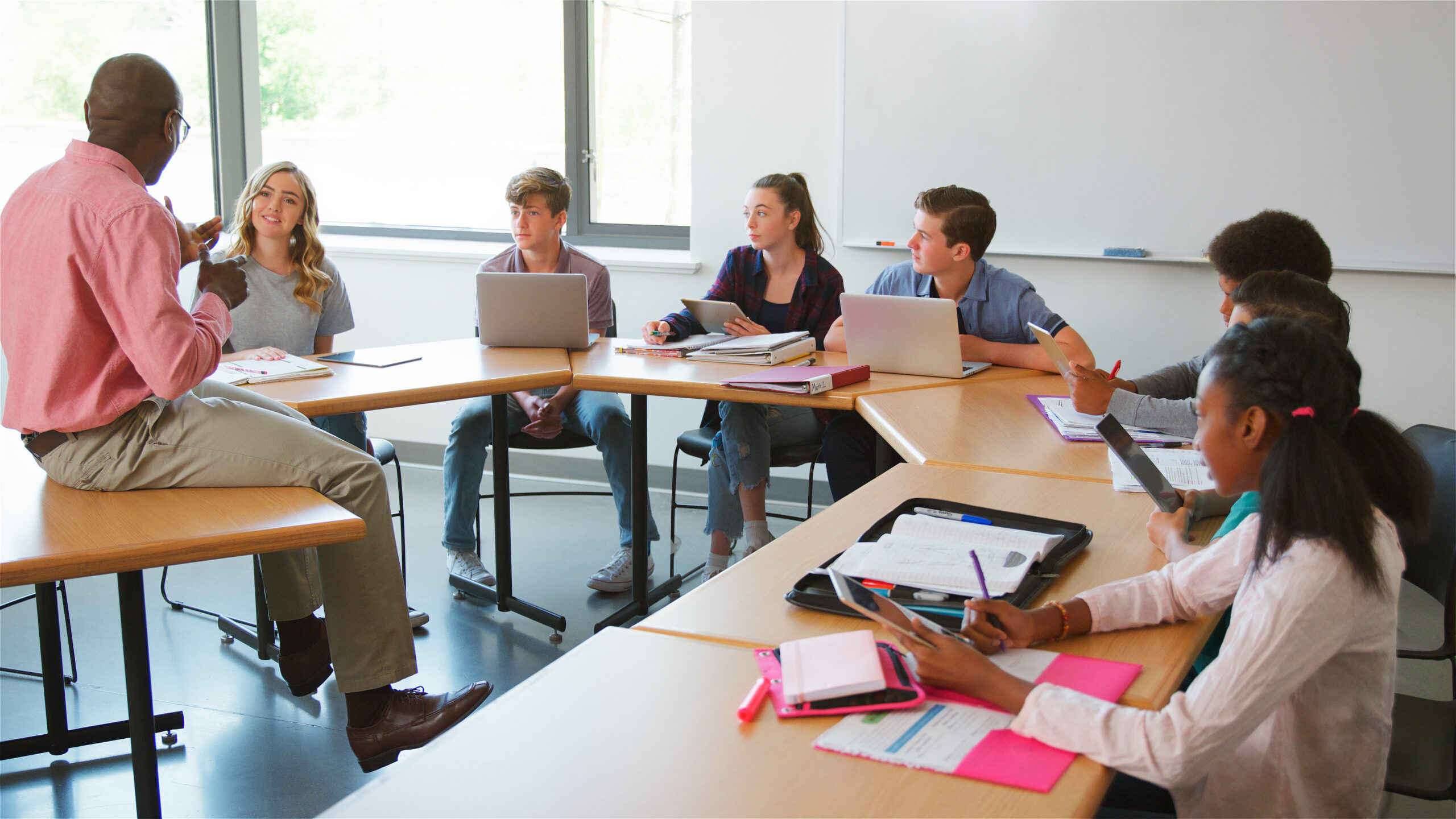
WHAT THEY ARE SAYING: EDUCATORS AND CONNECTIVITY ADVOCATES SPEAK OUT ON BENEFITS OF CONNECTED EDUCATION
Connecting the Classroom: LEO Satellite Broadband and K-12 Education
This week, the Connect Everyone Coalition (CEC) hosted a back-to-school webinar: “Connecting the Classroom: LEO Satellite Broadband and K-12 Education.”
Leading voices in education and connectivity advocacy discussed how low Earth orbit (LEO) satellite technology and expanded broadband access unlock greater educational opportunities for every student, everywhere.
The panel was moderated by CEC Executive Director Richard Cullen and featured:
- Everett Cook, technology director for the Southeast Island School District in Thorne Bay, Alaska, who helps provide internet and technology to remote schools and their students across Alaska.
- Richard Hicks, CEO and president of Inspiredu, a transformational nonprofit focused on improving digital literacy and ensuring adequate access to online resources throughout Georgia’s underserved communities.
- Emily Jordan, vice president for Foundation & Education Initiatives at Connected Nation, a national nonprofit committed to expanding access, adoption and broadband use for all.
- Ray Zeisz, senior director at the Friday Institute’s Technology and Infrastructure Lab at North Carolina State University, who helped efforts to connect all students in North Carolina public schools with reliable internet access.
To kick off the conversation, Senator Lisa Murkowski (R-AK), Alaska’s senior senator, provided remarks. As Senator Murkowski stated, “Access to high-speed internet has become essential for all aspects of modern society—particularly in education.” She explained that Congress has worked to provide states “flexibility to deploy funding to reach as many unserved and underserved communities as possible, including LEO satellites where they may make the most sense or are the only option.”
The digital divide is still affecting learners’ access to critical educational resources, and LEO satellite broadband is an important tool in our technology toolbox to help connect every student, everywhere to the tools they need to succeed:
Emily Jordan:
“We’re acutely aware of the older generations that are within the digital divide, and grandma who needs your help with her phone every other day. But it’s the same concept with our kids in our schools. That if they don’t have the reliable and robust connectivity and accessibility to those resources, and skills to use them, they’re going to get left behind, too.”
Richard Hicks:
“We hear countless times [from] adult learning partners that have their students that are in school: they have to have this connectivity in order to be a part of their educational journey. And internet connectivity is not a nice thing to have; it is an essential service. It’s something that is a basic need. And I think that as we go in and see things like LEO, fiber and others that are coming to the table, we’re seeing an evolution of our community.”
Everett Cook:
“One site in particular, Port Alexander, you have to fly to. There are no roads that go to it. Everybody there relies on a big shipping barge and planes to get their stuff in. And so, we had a lot of complaints that the internet wasn’t working… [I]t was quite simple to order a LEO satellite. We didn’t even have to go on site. The teacher was able to connect it and utilize it for the rest of the year. And it brought just an immense speed change, because you’re talking about with the grant systems, they limit how fast your internet can go… And it’s just a phenomenal increase. I haven’t heard anything about slow internet anymore.”
Emily Jordan:
“I think it’s important, when we talk about satellites, to note the evolution from older geostationary systems that were often slow and expensive to today’s LEO — what are low Earth orbiting — constellations and availability. They bring faster speeds and lower latency, and that’s a game changer in most remote and hard-to-reach areas.”
Ray Zeisz:
“I had done a pilot program with low Earth orbit satellite internet a couple years ago with very remote places in the state of North Carolina, and the response was overwhelming. One location was Ocracoke Island, which is 30 miles off the coast, accessible only by ferry. There’s an entire community out there with a K-8 school that has about 100 kids, and they were receiving well over 100 megabits. There was no competition on the satellites because they’re in the middle of the ocean, and the response was overwhelming. They never thought they would see that level of access out on that little, tiny island. So that was a highlight of my pilot program to actually get to talk to the teachers and see the difference that it made.”
Improving connectivity and strengthening education has positive ripple effects across entire communities and our whole society:
Ray Zeisz:
“Now anybody who’s sufficiently curious can learn anything they want to learn, and it’s great. It requires an internet connection, but once you have that in hand, in our phone, we hold pretty much the answer to any question we have now. And that’s going to open up a world of creativity and new ideas.”
Emily Jordan:
“[Connectivity] touches every industry … it’s not just people who want to work in tech or who want to work remotely. It’s farmers, it’s people in their homes, it’s people in their supermarkets.”
Richard Hicks:
“My brother lives in Georgia. It is definitely a rural community. So, he’s down there, and the LEO, Starlink and all of the others, help them to get connected. They use that very well. This is their information highway. And wanting to make sure that these digital skills are around, that is what Inspiredu does… [W]e want to make sure that these counties and rural communities don’t fall behind, because we still have a third of the population in the world that isn’t connected, and they’re disconnected from everything.”
Everett Cook:
“[S]witching to LEO had significant savings and brought really good connectivity to these tiny little pockets where you have five or six students… It’s also impacted the households quite a bit, because you have a lot of people who were using other satellite services, and then they just had really terrible speeds. You can’t do anything on it, barely check your email. And those households are now moving to Starlink. And it’s affordable, it works really great, and parent communication is increasing because of it.”
Ray Zeisz:
“Telehealth – that’s another great thing is if you do have home internet and you’re in a very remote place. It opens up the world of doctors, remote visits – especially psychological care. I’ve seen a lot of improvement in that with using telehealth…And so, taking care of the whole child, not just homework, but the entire aspect of raising that kid can be augmented by this.”
Watch the full webinar HERE.
Read more about connecting classrooms and providing opportunities for life-long learning with fast, affordable and accessible technology HERE and learn more about the Connect Everyone Coalition HERE.
